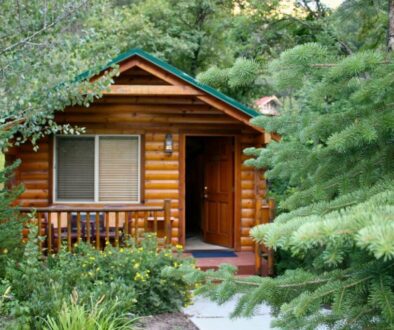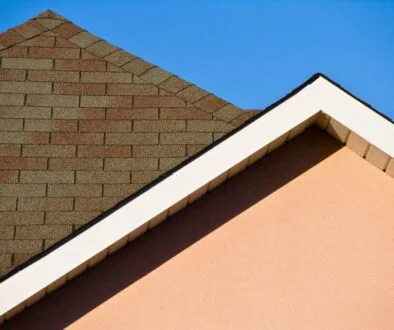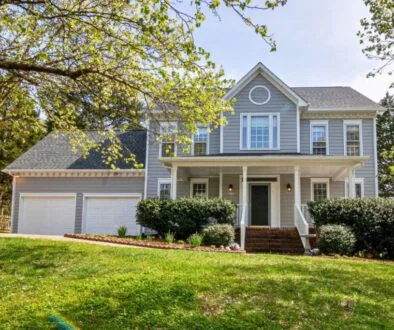Fiber Cement Siding: What It Is And Why It Matters
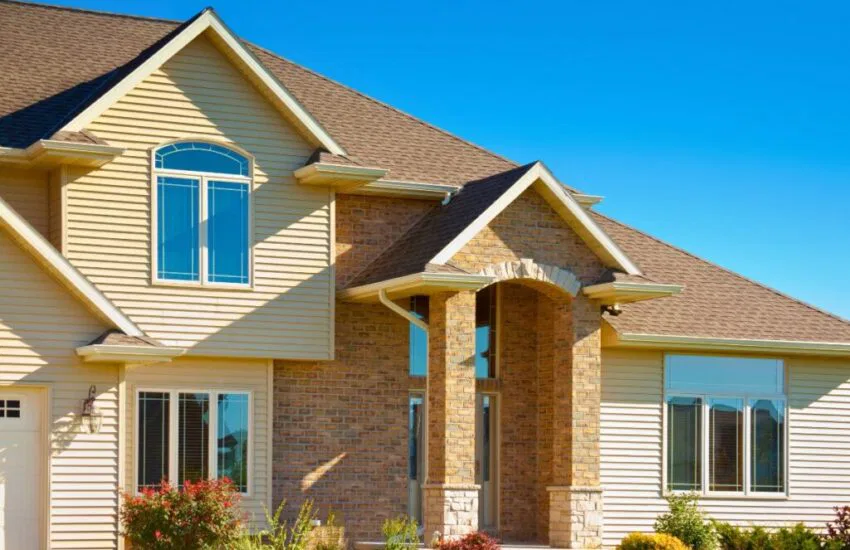
Published August 6, 2025
Finding the right siding can seem overwhelming—balancing style, durability, and maintenance is tough. Fiber cement siding is becoming popular with homeowners for good reason. It’s modern, weather-resistant, and low-maintenance—a smart, durable choice for worry-free exteriors.
In this article, we’ll explore everything you need to know about fiber cement siding. We’ll look into the fundamentals to help you determine if it’s the ideal fit for your home.
What Is Fiber Cement Siding?
Fiber cement siding is a strong, versatile cladding made from water, fly ash or silica sand, wood pulp, and Portland cement. This durable mix offers strength, adaptability, and appealing looks, making it a top choice to protect and enhance exteriors.
Key Properties
- Durability: It’s capable of withstanding extreme weather conditions, from torrential rain and strong winds to hail. It resists rot, warping, and pests like termites, making it a reliable, long-lasting option for homeowners.
- Fire resistance: Unlike wood-based siding, fiber cement is non-combustible. Its fire resistance adds valuable protection, especially for homes in fire-prone areas.
- Low maintenance: This type of siding needs little upkeep. Occasional cleaning and repainting every 10-15 years maintain its look and durability.
- Aesthetic appeal: It replicates the look of wood, stone, or stucco, offering endless design versatility. Whether your style is modern, rustic, or traditional, this material adapts to your vision.

Types Of Fiber Cement Siding Options
Fiber cement siding is versatile, with options to match any architectural style and boost exterior durability. Here are the main types:
Lap Siding
Lap siding is a leading fiber cement option, featuring overlapping horizontal boards for a classic, traditional look, often seen on Colonial and Cape Cod homes.
Aesthetic Advantages: Timeless, versatile, and effortlessly elegant.
Practical Benefits: The overlap offers excellent water resistance, keeping your home protected.
Shingles And Shakes
Shingles mimic cedar shakes, adding depth and character—perfect for gables or as accents.
Aesthetic Advantages: Capture the rustic charm of real wood without the upkeep.
Practical Advantages: Highly moisture-resistant and immune to rot, ensuring durability.
Panels And Vertical Boards
Panels and vertical boards offer a modern look, fitting contemporary and farmhouse styles. Their versatile design also works for large commercial projects and minimalist aesthetics.
Aesthetic Advantages: Create a sense of height while delivering a bold, streamlined look.
Practical Advantages: Highly durable and often a cost-effective option for covering expansive walls.
Decorative And Textured Finishes
Decorative siding uses textures to mimic stone, brick, or other materials—great for bold designs.
Aesthetic Advantages: Delivers striking visual appeal.
Practical Benefits: Combines style with durability. Pairing fiber cement siding with reclaimed wood from Vintage & Specialty Wood adds warmth and character for a unique exterior with modern performance and rustic charm.
Fiber Cement Siding Installation Basics
Installing fiber cement siding can be complex. Whether DIY or hiring professionals, understanding the process is key. The siding is installed by attaching pre-cut panels or planks with nails or screws over a moisture-resistant barrier and sheathing layer.
Skilled DIYers can tackle small projects, but professional installation is best. The heavy material needs special tools. Done right, it’s durable, weather-resistant, and boosts curb appeal. Always follow manufacturer guidelines to prevent warping or water damage.
Fiber Cement Siding Cost
Fiber cement has a higher upfront cost, but its durability and appeal make it a smart long-term investment.
Average Cost Per Square Foot
Prices usually start at $5 to $14 per square foot, including materials and installation. Panels cost more; planks and lap siding are more affordable.
Factors That Affect Pricing
- Siding type: Options like lap, shingles, or panels vary in cost
- Brand and quality: Premium brands, such as James Hardie or Nichiha, typically come with a higher price tag.
- Labor costs: Complex designs can raise installation costs.
- Home size and height: Larger or multi-story homes often require more effort, increasing the overall cost.
Comparing Costs With Other Siding Options
- Vinyl siding: At $3-$7 per square foot, vinyl siding is cheaper upfront but less durable than fiber cement.
- Wood siding: Costs range from $4-$8 per square foot. While it provides a classic appearance, wood generally requires more maintenance and may need costly repairs over time. Although its initial price is lower, the long-term expenses related to upkeep can exceed those of fiber cement siding.
Maintenance And Longevity
Fiber cement siding is valued for its strength, minimal upkeep, and long life. Basic care keeps it performing well and looking good.
Cleaning
Wash siding with a garden hose every 6-12 months to remove dirt and debris. For tough grime, use a soft brush and mild detergent. Avoid pressure washers to protect the finish and seams.
Repainting
Fiber cement holds paint well but eventually needs repainting—every 10-15 years depending on weather and paint. Use high-quality exterior paint for best results.
Inspect Seals
Check caulking and joints yearly for cracks or gaps. Replace damaged caulking to keep siding watertight and protected.
Durability And Lifespan
With regular care, it can last up to 50 years. Many products come with 30-year or longer warranties. Its resistance to fire, pests, and weather boosts its longevity.
Frequently Asked Questions
Is fiber cement siding fireproof?
It’s non-combustible, making it safer in fire-prone regions.
Can fiber cement siding be painted?
Yes, it can be painted in many colors. Some manufacturers offer pre-painted, UV-resistant options.
What’s the difference between fiber cement and Hardie board?
Hardie board is a well-known fiber cement brand noted for quality and color. All Hardie boards are fiber cement, but not all fiber cement is Hardie board.
Is it possible to install fiber cement siding yourself?
DIY installation is possible but difficult—fiber cement is heavy and can crack if mishandled. Cutting needs special tools and safety precautions.
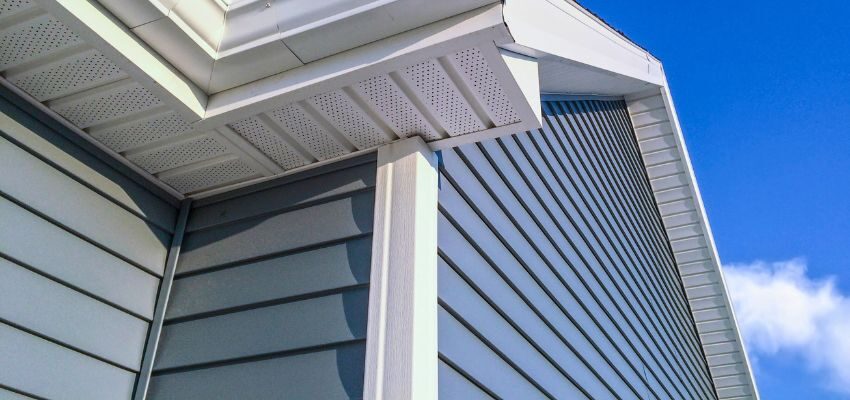
Strong, Stylish, And Smart: Fiber Cement Siding At Its Best
Fiber cement siding combines elegance and durability. It’s noted for its hardiness and versatility. Choosing it enhances your home’s look and protection for years. Whether you pick lap siding, shingles, or bold designs, fiber cement lasts.
Ready to upgrade your home? While fiber cement brings modern strength, real wood offers timeless charm. Vintage & Specialty Wood provides reclaimed timber to give your siding project a distinctive, durable look.
Hire The Timber Experts For Your Next Project
Vintage & Specialty Wood should be your source of the highest quality timbers from around the world. When it comes to fabricating and installing reclaimed wood or specialty wood products in your home, we don’t cut corners. We offer many reclaimed wood and specialty wood products such as Douglas Fir, white oak, and much more. We also offer timber framing and wood flooring services as well. Contact our team today to speak to a timber expert about what Vintage & Specialty Wood can do for you.
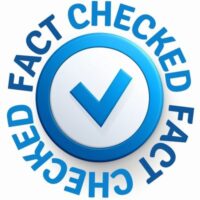
This Blog Is Fact Checked
This content has undergone meticulous fact-checking by our team of internal experts. Gain a deeper understanding of the high editorial standards we uphold on our website here.

About The Author
Experience, exploration, and knowledge are the hallmarks of writer Rei Bayucca. Her dedication to crafting articles that both inspire and educate will leave you thinking long after you’ve finished reading.

